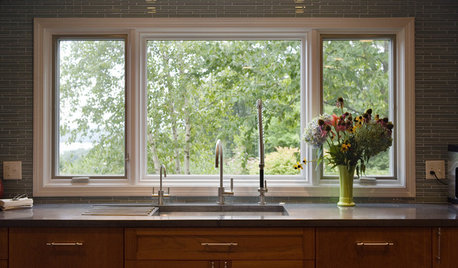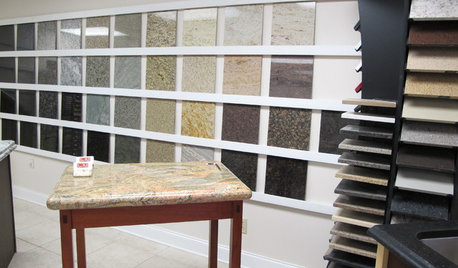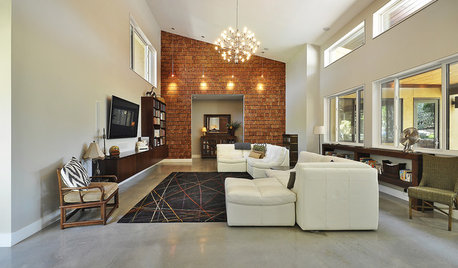anyone install central air in old home
dshnlng
18 years ago
Featured Answer
Comments (44)
Vivian Kaufman
18 years agolast modified: 9 years agofredwolf
18 years agolast modified: 9 years agoRelated Professionals
Midvale Kitchen & Bathroom Designers · Moraga Kitchen & Bathroom Designers · Owasso Kitchen & Bathroom Designers · Bensenville Kitchen & Bathroom Designers · Glade Hill Kitchen & Bathroom Remodelers · Allouez Kitchen & Bathroom Remodelers · Cleveland Kitchen & Bathroom Remodelers · Idaho Falls Kitchen & Bathroom Remodelers · Patterson Kitchen & Bathroom Remodelers · Cave Spring Kitchen & Bathroom Remodelers · Euless Architects & Building Designers · River Edge Architects & Building Designers · South Barrington Architects & Building Designers · Universal City Architects & Building Designers · Bell Gardens Architects & Building Designersmetaphysician
18 years agolast modified: 9 years agovjrnts
18 years agolast modified: 9 years agomaddiemom6
18 years agolast modified: 9 years agodshnlng
18 years agolast modified: 9 years agomaddiemom6
18 years agolast modified: 9 years agobrickeyee
18 years agolast modified: 9 years agochloecat
18 years agolast modified: 9 years agoOldHomeGuy
18 years agolast modified: 9 years agovjrnts
18 years agolast modified: 9 years agomwkbear
18 years agolast modified: 9 years agojudeNY_gw
18 years agolast modified: 9 years agofredwolf
18 years agolast modified: 9 years agofredwolf
18 years agolast modified: 9 years agosigh
18 years agolast modified: 9 years agofredwolf
18 years agolast modified: 9 years agothecobbler
18 years agolast modified: 9 years agobrickeyee
18 years agolast modified: 9 years agomaddiemom6
18 years agolast modified: 9 years agovjrnts
18 years agolast modified: 9 years agotownhouserOnt
18 years agolast modified: 9 years agotownhouserOnt
18 years agolast modified: 9 years agoBreakerOff
18 years agolast modified: 9 years agomaddiemom6
18 years agolast modified: 9 years agosigh
18 years agolast modified: 9 years agojakabedy
18 years agolast modified: 9 years agoBreakerOff
18 years agolast modified: 9 years agoBreakerOff
18 years agolast modified: 9 years agopebbles396
17 years agolast modified: 9 years agoperel
17 years agolast modified: 9 years agohousebaby
17 years agolast modified: 9 years agopebbles396
17 years agolast modified: 9 years agoorganic_smallhome
17 years agolast modified: 9 years agommill7
17 years agolast modified: 9 years agomwkbear
17 years agolast modified: 9 years agowestsider40
16 years agolast modified: 9 years agoncremodeler
13 years agolast modified: 9 years agobrickeyee
13 years agolast modified: 9 years agoceslexo_msn_com
13 years agolast modified: 9 years agobrickeyee
13 years agolast modified: 9 years agokterlep
13 years agolast modified: 9 years agooxford007
8 years ago
Related Stories

GREAT HOME PROJECTSHow to Install Energy-Efficient Windows
Learn what Energy Star ratings mean, what special license your contractor should have, whether permits are required and more
Full Story
WINDOWSContractor Tips: How to Choose and Install Windows
5 factors to consider when picking and placing windows throughout your home
Full Story
MATERIALSThe Most Popular Roofing Material is Affordable and Easy to Install
Asphalt shingles, the most widely used roof material in the U.S. are reliable and efficient, and may be right for you
Full Story
KITCHEN COUNTERTOPSWalk Through a Granite Countertop Installation — Showroom to Finish
Learn exactly what to expect during a granite installation and how to maximize your investment
Full Story
BATHROOM DESIGNShould You Install a Urinal at Home?
Wall-mounted pit stops are handy in more than just man caves — and they can look better than you might think
Full Story
FENCES AND GATESHow to Install a Wood Fence
Gain privacy and separate areas with one of the most economical fencing choices: stained, painted or untreated wood
Full Story
LIGHTINGReady to Install a Chandelier? Here's How to Get It Done
Go for a dramatic look or define a space in an open plan with a light fixture that’s a star
Full Story
KITCHEN BACKSPLASHESHow to Install a Tile Backsplash
If you've got a steady hand, a few easy-to-find supplies and patience, you can install a tile backsplash in a kitchen or bathroom
Full Story
GARDENING GUIDESHow to Install a Drip Irrigation System
Save time and water with a drip watering system in your vegetable garden — a little patience now will pay off later
Full Story
HOUZZ TVHouzz TV: How to Install a Rain Barrel
This DIY tutorial shows how easy it can be to capture rainwater from your roof to use in your garden later
Full StorySponsored
Franklin County's Preferred Architectural Firm | Best of Houzz Winner
More Discussions









mwkbear